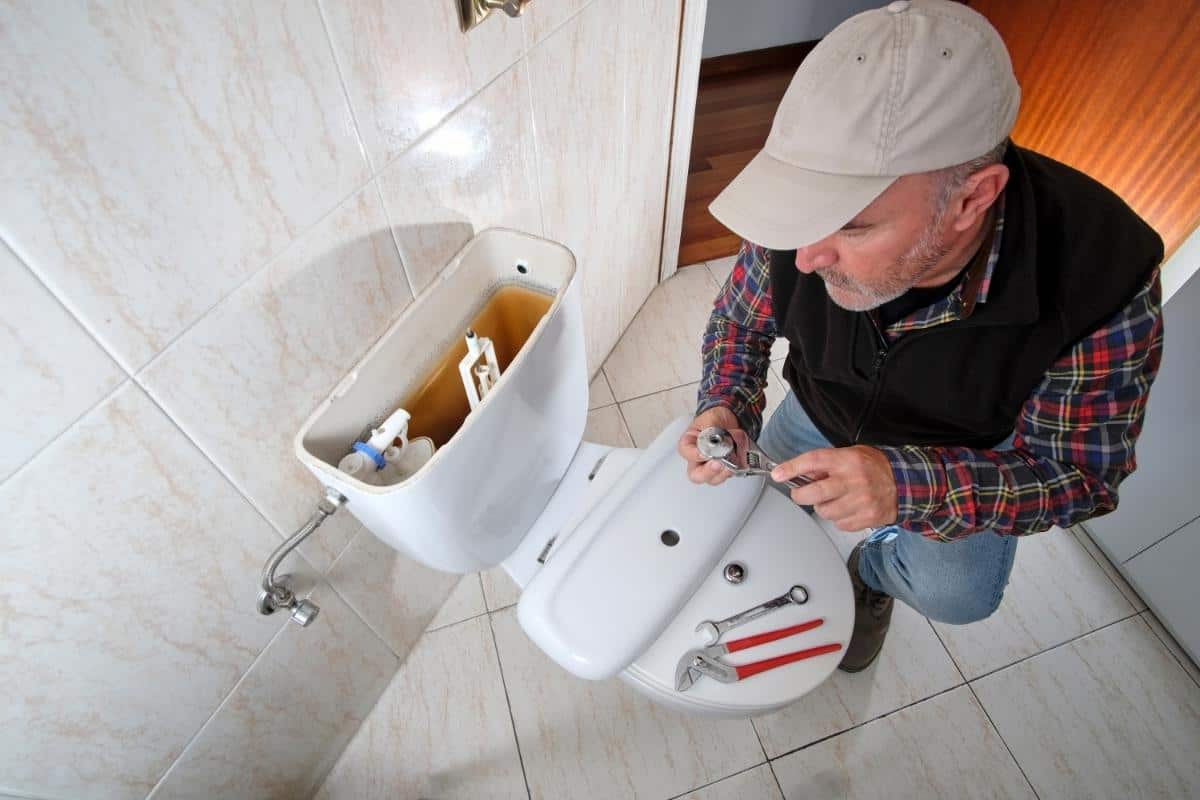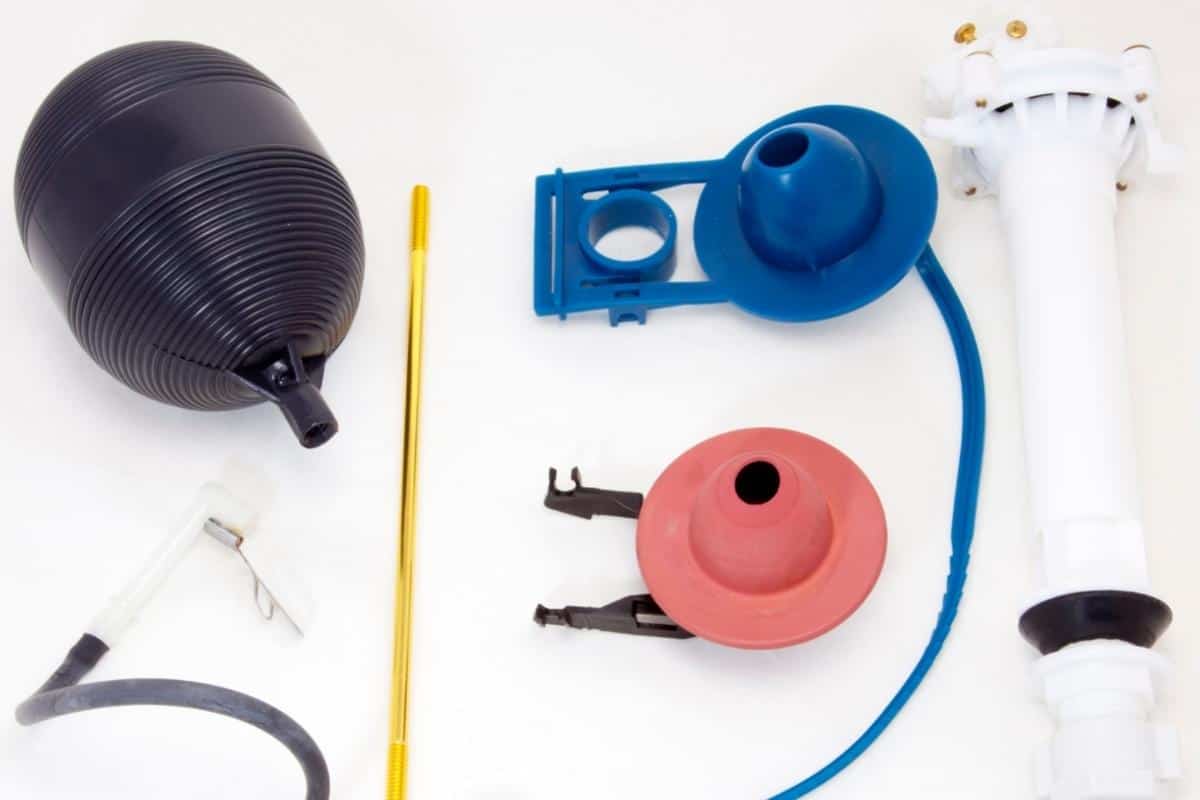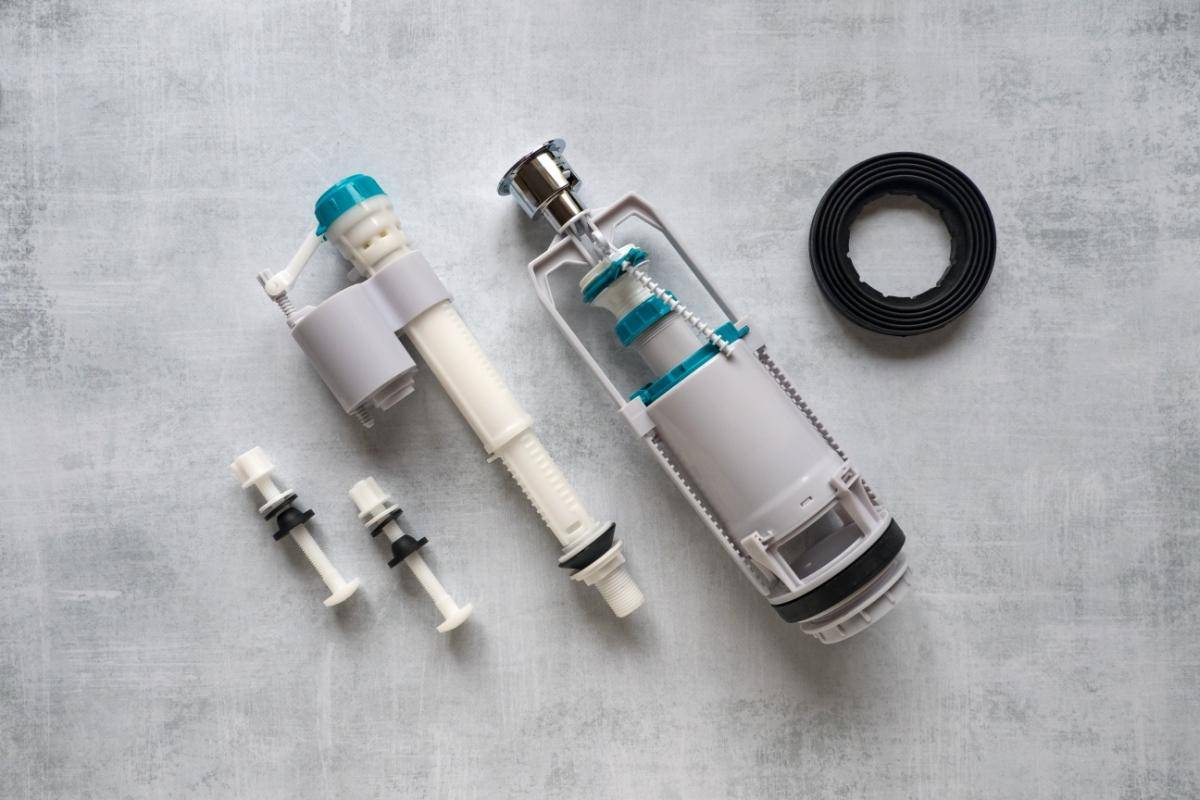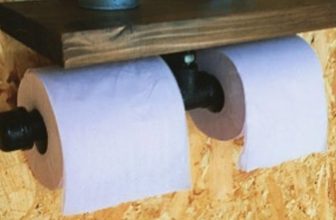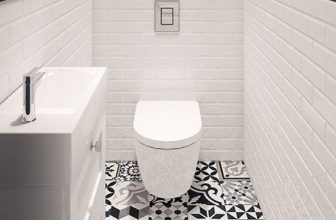How to Adjust Toilet Fill Valve? – Step-By-Step DIY Guide
If your toilet bowl is not flushing properly, the problem may be the fill valve.
The fill valve is a tall plastic part inside the toilet tank. It draws water from the supply line to the toilet tank and with the help of a ball float or line it automatically shuts off the water when a level is reached.
Adjusting the fill valve can solve the problem. Older valves usually require a screw actuator to adjust, while newer valves can adjust automatically.
If your toilet isn’t flushing properly or is constantly running, you may need to adjust the toilet fill valve. This is a simple process that anyone can do in a few minutes:
- First, determine the type of fill valve. There are two common types: a float cup fill valve and a ball valve fill valve.
- Then find the adjustment screw on the fill valve. On the float cup valve, this screw is usually located on the side of the valve body. On a fill valve with a ball valve, the adjustment screw is usually on the top of the valve.
- To raise the water level in the tank, turn the adjusting screw clockwise. If you want to lower the water level, turn the screw counterclockwise.
- After you have made the adjustment, turn the water back on and flush the toilet to check it. If the toilet still does not flush properly, you may need to adjust the float cup or ball valve again.
If the water level is not the problem, try cleaning the fill valve. Clogs or debris buildup can often be the cause of poor toilet performance, and clearing clogs by flushing water with the lid off can solve your problem.
In this article, you will find information about adjusting the toilet float valve.
What Is a Toilet Fill Valve?
Toilet fill valves are devices that control the flow of water into a toilet tank. They are typically located next to the flush valve and are often attached to the overflow pipe.
Fill valves typically have a float that rises and falls with the water level in the tank. As the water level rises, the float activates the fill valve, which then begins to fill the tank with water.
When the water level reaches the top of the overflow pipe, the fill valve shuts off and the tank is full.
A toilet valve height must be positioned 1 inch above the top of the overflow pipe. This is to ensure that the valve is able to properly fill the tank with water.
If the valve is not positioned correctly, it could cause the tank to overflow.
Types of toilet fill valves
Toilet fill valves come in different shapes and sizes, and they are not all created equal.
The three most common types of fill valves are the ballcock, the diaphragm, and the float cup.
Ballcock valves are the oldest type of fill valve, and they are gradually being phased out in favor of more modern designs.
Diaphragm valves are becoming more popular, as they are more reliable and easier to adjust than ballcock valves.
Float cup valves are the newest type of fill valve, and they offer the best performance of any type of fill valve on the market.
The Tools and Materials You Need to Adjust the Toilet Fill Valve
To adjust the toilet fill valve, you will need a screwdriver and a bottle of penetrating oil. If your toilet fill valve is very old or corroded, you may also need a wrench to loosen the screws.
Toilet Fill Valve Adjustment
If the water level in your toilet bowl is constantly changing or if the toilet seems to be running all the time, you may need to adjust the fill valve.
Each type of fill valve has its own way of adjusting the water level in the tank.
A plunger/piston ballcock
If your toilet tank is not filling or the water level is too low, you may need to adjust the plunger/piston ballcock valve. This type of fill valve is operated by a floating ball attached to a horizontal brass float rod.
The rod is used to raise and lower the plunger or piston in the body of the ball valve, which starts and stops the flow of water into the tank.
To adjust the water level, gently bend the float rod upward to raise the water level in the tank, or bend it down to lower the level. The water level should be below the top of the tank overflow tube.
If it is not, continue adjusting until the desired result is achieved.
A diaphragm ballcock: brass
A diaphragm ballcock valve is similar to a plunger-type ball valve, except that the valve uses a diaphragm rather than a plunger to control water flow.
Like a plunger-type ballcock valve, a diaphragm-type ballcock valve has a floating stem and a ball to control water flow.
To adjust the water level in a diaphragm ball valve, gently tilt the brass float rod up or down. The water level should be below the top of the tank overflow tube.
Continue making small adjustments until the water level is as it should be.
A diaphragm ballcock: plastic
If your toilet is constantly running or if the water level in the tank is too high or too low, you may need to adjust the diaphragm ball valve. This is the plastic valve that regulates the flow of water into the toilet tank.
To adjust the diaphragm ball valve, you will need a screwdriver. First, find the screw at the top of the valve. Turning the screw clockwise will lower the water level and turning it counterclockwise will raise it.
Next, watch the water level in the reservoir. The water level should be below the top of the tank overflow tube. Adjust the screw as needed to achieve the desired water level.
A float-cup fill valve
Most newer toilets are equipped with a float cup fill valve, which is a durable and affordable option. The float cup fill valve uses a cylindrical plastic float that moves up and down the fill valve stem.
This float is attached to the metal rod that operates the fill valve.
To adjust the fill valve with the cup float, first, locate the plastic screw mechanism on the valve. Use this mechanism to raise or lower the float. To lower the water level, you simply need to gently slide the float down on the drive rod.
In order to raise the water level, you need to move the float up on the rod.
Next, watch the water level in the toilet tank. The water level should be about 1 inch below the top of the overflow pipe and the critical level mark on the fill valve.
If the water level is too high or too low, you must adjust the float accordingly.
An internal float fill valve
To adjust an internal float fill valve, first, twist the top head of the valve counterclockwise to unlock it. Then, to lower the water level, move the entire head of the valve down. To raise the water level, raise the entire head of the valve up.
Finally, twist the top head of the valve clockwise to lock it back into place.
A floatless or pressure-activated fill valve
A float-less or pressure-activated fill valve is a type of fill valve that does not use a float to regulate the water level in the toilet tank. Instead, the valve uses a pressure sensing mechanism to adjust the water level.
To adjust the water level with a float-free or pressure-activated fill valve, turn the adjustment screw located on top of the valve. To raise the water level, you need to turn the adjusting screw clockwise.
To lower the water level, you must turn the screw counterclockwise.
The water level should be below the top of the tank overflow tube. Keep adjusting until you reach the correct water level.
FAQ
What is the difference between a toilet filler valve and a flush valve?
The toilet flush valve is responsible for filling the tank with water after flushing. The flush valve, on the other hand, is responsible for draining water into the tank when flushing the toilet.
How high should a toilet float be?
The ideal height for a toilet float is 1 to 2 inches below the fill valve. This ensures that the float does not become stuck in the overflow tube. Often, you can adjust the water level by simply turning the float adjustment screw or dial.
Are all toilet fill valves the same?
There are several types of toilet flush valves, but not all are the same. Some types of fill valves use older technology and may not be as effective as newer types. If repairs are needed, it is better to replace the old fill valve with a newer one.
Bottom Line
If the water level in your toilet bowl is constantly changing or the toilet tank seems to be constantly running, the problem may be with the float valve.
The float valve is responsible for regulating the water level in the toilet tank, and if it’s not working properly, it can cause a lot of problems.
Fortunately, adjusting the float valve is usually a fairly simple task. The most important thing to remember is to be careful not to overtighten the screws, as this can damage the valve.
Have you had any problem with the toilet fill valve? Were you able to adjust the toilet fill valve? Share your experience in the comments below.
